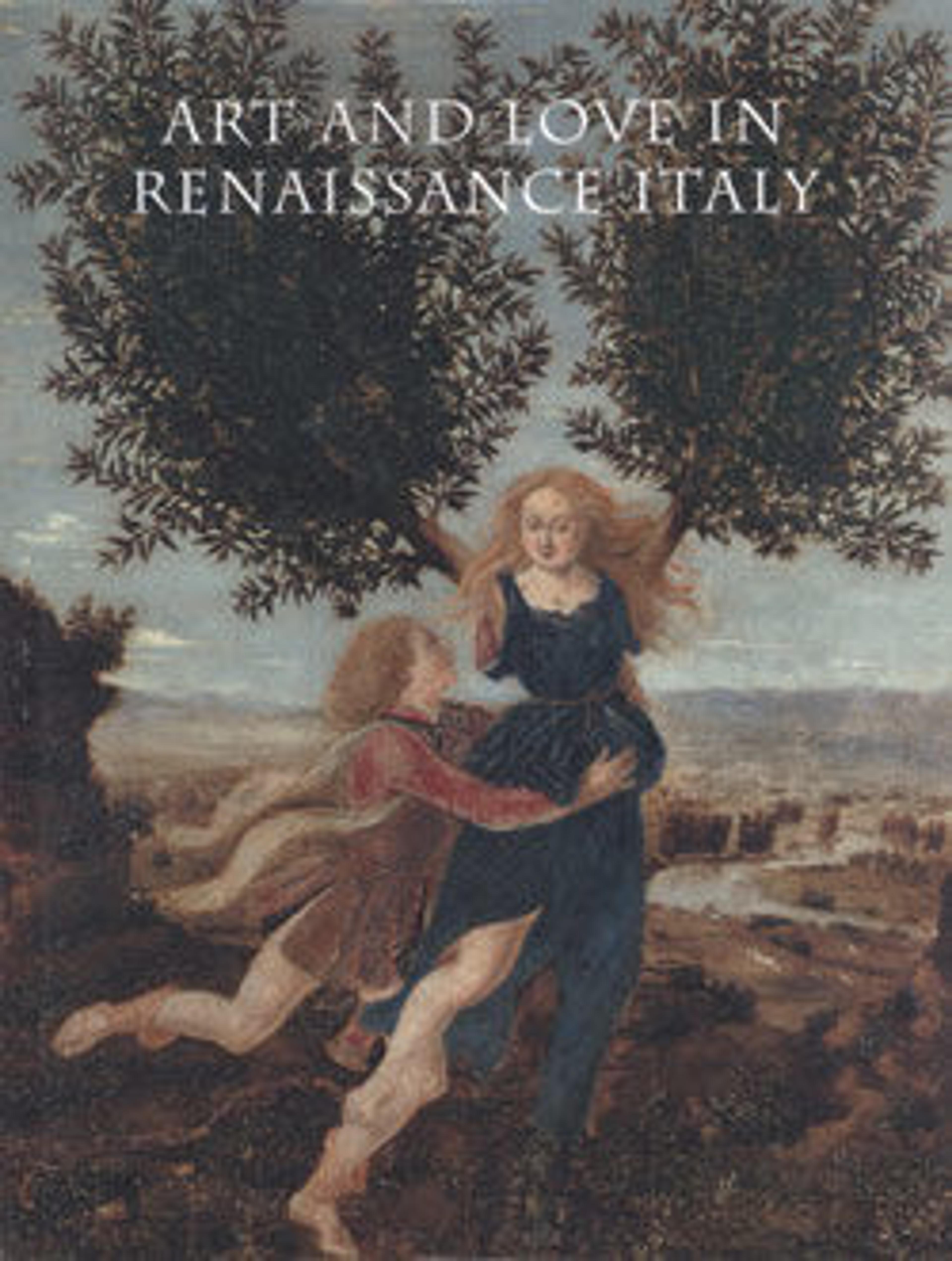Portrait of Pietro Aretino
Often regarded as the first modern pornographer, the poet and satirist Pietro Aretino (1492–1556) penned some of the most lurid and salacious verses of the sixteenth century, most famously the sixteen sonnets he wrote to accompany Giulio Romano's I modi and the erotic dialogues featuring a worldly-wise puttana (prostitute) Nanna conversing in explicit and lively detail about endless and infinitely varied sexual adventures—her own and those of innumerable others that she surreptitiously witnessed.
Marcantonio Raimondi's engraved portrait of Aretino was probably designed by the Venetian painter Sebastiano del Piombo, although the name of Giulio Romano—with whom Marcantonio collaborated on I modi—has also been proposed. It may date from the early moment of his career, when Aretino was still an unknown newcomer to Rome and he and Giulio were working for the wealthy papal banker Agostino Chigi; an alternative view is that the print was executed about 1525 as an expression of gratitude by Marcantonio to Aretino, who had negotiated the engraver's release from prison after the scandal of I modi.
Aretino's dignified mien and elegant costume impart to him the refined aspect of Renaissance courtier. That facade is belied by his conspicuous hat badge—an invocation of the satirist's transgressive, obscene pronouncement that the phallus should be venerated and displayed as proudly "as a medal in one's hat."
(Based on L. Wolk-Simon, "'Rapture to the Greedy Eyes': Profane Love in the Renaissance", in Art and Love in the Renaissance, 2008, pp. 43-58)
Marcantonio Raimondi's engraved portrait of Aretino was probably designed by the Venetian painter Sebastiano del Piombo, although the name of Giulio Romano—with whom Marcantonio collaborated on I modi—has also been proposed. It may date from the early moment of his career, when Aretino was still an unknown newcomer to Rome and he and Giulio were working for the wealthy papal banker Agostino Chigi; an alternative view is that the print was executed about 1525 as an expression of gratitude by Marcantonio to Aretino, who had negotiated the engraver's release from prison after the scandal of I modi.
Aretino's dignified mien and elegant costume impart to him the refined aspect of Renaissance courtier. That facade is belied by his conspicuous hat badge—an invocation of the satirist's transgressive, obscene pronouncement that the phallus should be venerated and displayed as proudly "as a medal in one's hat."
(Based on L. Wolk-Simon, "'Rapture to the Greedy Eyes': Profane Love in the Renaissance", in Art and Love in the Renaissance, 2008, pp. 43-58)
Artwork Details
- Title: Portrait of Pietro Aretino
- Artist: Marcantonio Raimondi (Italian, Argini (?) ca. 1480–before 1534 Bologna (?))
- Artist: After (?) Titian (Tiziano Vecellio) (Italian, Pieve di Cadore ca. 1485/90?–1576 Venice)
- Sitter: Pietro Aretino (Italian, 1492–1556)
- Date: ca. 1517–20
- Medium: Engraving; second state of two
- Dimensions: Sheet: 8 3/8 × 5 7/8 in. (21.3 × 15 cm)
- Classification: Prints
- Credit Line: Purchase, Joseph Pulitzer Bequest, 1917
- Object Number: 17.50.40
- Curatorial Department: Drawings and Prints
More Artwork
Research Resources
The Met provides unparalleled resources for research and welcomes an international community of students and scholars. The Met's Open Access API is where creators and researchers can connect to the The Met collection. Open Access data and public domain images are available for unrestricted commercial and noncommercial use without permission or fee.
To request images under copyright and other restrictions, please use this Image Request form.
Feedback
We continue to research and examine historical and cultural context for objects in The Met collection. If you have comments or questions about this object record, please complete and submit this form. The Museum looks forward to receiving your comments.
